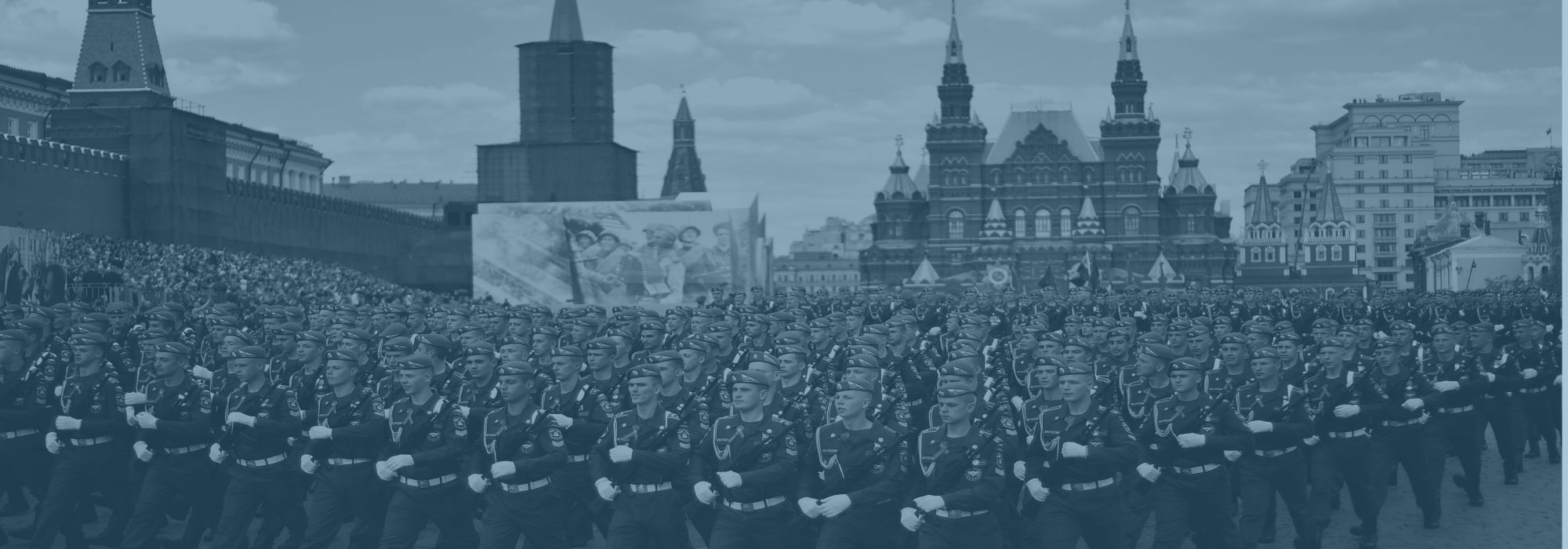By Lili Bayer
Otto von Bismarck, Germany’s first chancellor, once advised never to believe anything in politics until it has been officially denied. Denials – and especially denials of government leaks – are carefully formulated and often designed to send a message to foreign capitals. This proved especially relevant in Russia last week.
Russian media reported details of Russian troop movements to the country’s western borders. On June 2, Dmitry Peskov, official spokesman of Russian President Vladimir Putin, denied that Russia is deploying forces close to the Belarusian border, saying, “to talk about reinforcing some force on the border with Belarus would be a great exaggeration.”
This statement is significant first and foremost because Peskov did not deny that troops are moving to Russia’s western borders, merely that Russian ally Belarus is not the focus of the movement. Moreover, this report and the subsequent formal denial come at a time when Russia is engaged in a complex negotiation with the U.S. and Germany over the future of Ukraine and Moscow’s relationship with Europe.
Moscow is employing a dual negotiating tactic. It is seeking to show foreign governments that it remains a credible military threat when it comes to Ukraine. But Russian officials are also working to appear conciliatory and have shown a willingness to aid Western powers when it comes to issues like Syria. The ultimate aim of this tactic is to create a split within the West over its approach to Russia, while also incentivizing Western governments to provide concessions on key areas, like the future status of Ukraine.
Russia is signaling, directly and indirectly, that it retains the capability to pose a military threat to Ukraine. Moscow is doing this by boosting forces along its western edges, but limiting its deployments to a level that does not pose an immediate threat to NATO countries’ security.
Local reports regarding possible deployments began surfacing in late April, as photos and activist probes into a possible expanded Russian military presence in Bryansk Oblast emerged online. On June 3, Russian news agency Interfax reported that a source said the 28th Separate Motor Rifle Brigade from Yekaterinburg is in the process of being redeployed to Klintsy in Bryansk, about 25 miles from Belarus and approximately 31 miles from Ukraine. At the same time, the 23rd Separate Motor Rifle Brigade is reportedly being redeployed from Samara to Valuyki in Belgorod Oblast, about 12 miles from the Ukrainian border.
The most recent reports came after Russian Defense Minister Sergei Shoigu announced in early May that Russia is forming three new military divisions (a Russian military division consists of about 10,000 troops). Two divisions will be placed in the country’s Western Military District and one in its Southern Military District. Therefore, Russia, formally and informally, is making it clear that it is in the process of boosting forces along its western and southwestern borders.
These kind of troop movements have happened before. In 2014, at the height of tensions in Ukraine, NATO estimated that Russia had deployed about 40,000 troops near its borders with Ukraine. Nevertheless, the recent reports of new and redeployed forces in the area are important because they play a role in Russia’s ongoing negotiations with the U.S. and Germany.
Until recently, Berlin and Washington largely agreed on how to respond to Russian aggression in Ukraine. Both countries pushed for sanctions and boosting NATO’s defenses, especially in Poland and the Baltic states. At the same time, both were committed to politically and financially supporting Kiev’s Western-oriented government.
But as we outlined last week, the German position is shifting. Faced with a referendum on whether Britain will leave the EU on June 23, banking troubles in southern Europe, and its own economic woes in the form of an export crisis, Berlin is looking for ways to ease tensions with Moscow.
Although German Chancellor Angela Merkel’s foreign policy adviser, Christoph Heusgen, said on June 2 that discussions over lifting sanctions have come “too early,” German Foreign Minister Frank-Walter Steinmeier has been openly talking about a “step-by-step” lifting of sanctions. In addition, a report in German weekly Spiegel indicated that even Merkel’s office is beginning to shift its stance on Moscow and looking to ease some sanctions in return for some progress in Ukraine.
Ukraine is strategically significant for Berlin, but not as important as maintaining the cohesion of the EU. With some EU countries, like Greece and Hungary, preferring a friendlier stance toward Russia, and with the bloc experiencing its own crises, Germany is opting to prioritize Kiev less.
This compromise, however, is bound to antagonize German allies like Poland, who see Russia as a direct threat to their security interests. Moreover, Moscow and Berlin are highly aware that Germany can make concessions only if Russia does not become very aggressive militarily. Russian military aggression would force Berlin, due to pressure domestically and from NATO, to side against Russia and set aside potential economic or political concessions.
The U.S. position is more firm than Germany’s. The U.S. has a strong interest in preventing Russian interference in Central and Eastern Europe, and unlike Berlin, Washington can provide significant military assistance to the region. Nevertheless, the U.S. position when it comes to Ukraine has been shifting over the past months as well.
The U.S. is continuing to rely on Russia as a partner in the fight against the Islamic State in Syria, as well as cooperating with Moscow on a range of issues, from Iran to terrorism. Moreover, while the U.S. and NATO have been boosting troop numbers and deploying weapons and supplies to NATO countries in Central and Eastern Europe, the U.S. does not wish to trigger a conflict with Russia by providing significant military assistance to Ukraine or permanently deploying forces to the country.
The U.S. aims to deter Russia, but it is also seeking stability in the region. As a result, the U.S. is open to finding a compromise over Ukraine and is more willing than Germany to bargain hard for a deal. But it is also more committed to boosting the defenses of NATO allies in the region.
Therefore, Russia is moving some troops to its western borders to remind the West that Moscow can pose a threat to the region and thus improve its position in negotiations with the U.S. However, Moscow is opting to limit the size of these deployments and remain ambiguous about their status in order to avoid derailing its rapprochement with Germany and prospects for an easing of European sanctions.
In Geopolitical Futures’ forecast for 2016, we wrote that there will be a settlement in Ukraine, whether formal or informal. At this stage, as a delicate game of deployments, denials, military coordination and never-ending rounds of diplomatic summits plays out, Russia is aiming to undermine the cohesion of the West and ultimately come to an agreement that would ensure the neutrality of Ukraine.







